The Right Formula of Innovation and Reliability
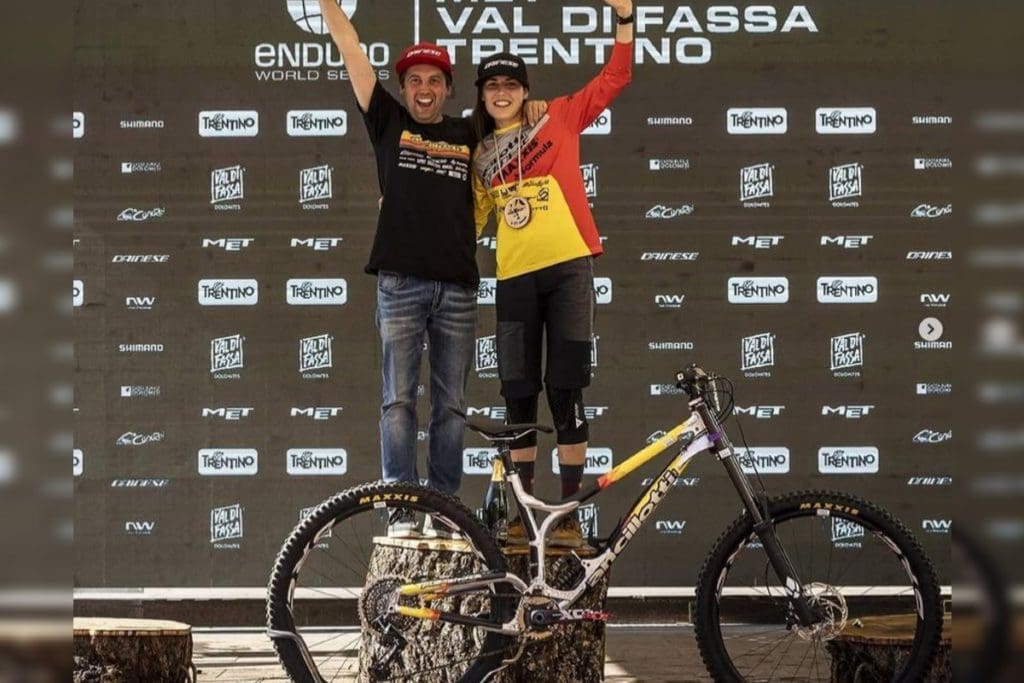
~ Sponsored Content ~
Prato, Italy
Formula would have made Leonardo Da Vinci proud when it developed the first fully hydraulic disc brakes for mountain bikes.
Designed and manufactured just a few kilometres from the great inventor’s Italian birthplace, the Standard brakes invented by Formula in 1993 have served well as the template for the modern disc brakes now produced by many companies.
While other companies had been tinkering with elements of hydraulics with their brakes, Formula was the first to go the whole hog with a complete hydraulic system for mountain bikes, revolutionizing brake technology and equipping riders to claim the most prestigious titles in mountain bike competition.
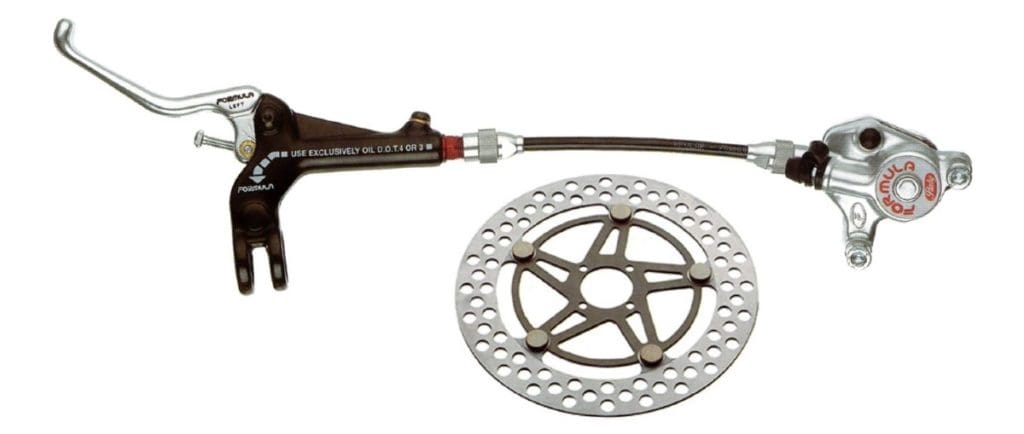
Almost two decades later, Formula has developed a CTS-valving system (Compression Tuning System) that gives riders unrivalled ability to fine-tune their suspension forks trackside or in the parking lot before a ride. Interchangeable valves enable riders to customise their forks to a particular course or trail in a matter of a few minutes.
However, another steppingstone has been just as important for Formula’s fortunes – a re-focus of the company itself, its range of products and its branding.
Formula has always focused on the high-end of the performance spectrum – following its instincts and its own approach to create better brakes and superior suspension. This has consistently created brakes that are unsurpassed when they are working as intended. But for a period in the company’s history, their reputation became a little jaded by a perception that their brakes needed a lot of maintenance and possibly more know-how than the average keen cyclist (or even some shop mechanics) possessed, to keep the brakes functioning at their best.
In 2016, Formula re-evaluated its direction. To mark the change in direction, the company bid farewell to its old logo, the distinctive silhouette of a disc brake calliper, and adopted a new one based on the Fleur De Lis, reflecting its Italian heritage. The Fleur De Lis, which translates as ‘flower of lily’, is the heraldic symbol of Formula’s hometown, the Tuscan city of Prato, and is used throughout Europe as a symbol of tradition and nobility.
Formula wears its ‘made in Italy’ badge with honour, a badge that aligns it with Da Vinci, the world’s first engineer and whose legacy has emboldened centuries of Tuscan designers and engineers to aim high and be brave. Formula continues that tradition.
“Formula has conceived radical improvements in mountain bike technology and has taken on the challenges of implementing these ideas,” according to Krischan Spranz of EightyOneSpices, the distributor of Formula in Australia.
“They’ve gotten their hands dirty, sometimes made mistakes and had to start again, but have in the end achieved amazing products and results.
“In this way, Formula continues to innovate today, following an age-old lesson but with a good dose of avant-garde. The end benefit to riders is a simple, well-defined range of brakes and suspension that are reliable and easy to maintain, without detracting from Formula’s signature standards of race performance.”

Motorcycle Origins
Formula’s earliest heritage lies in motorcycles in the early 1970s, as motocross and enduro were emerging. Formula’s predecessor, AIM, was born in 1972 as Tuscany became a motorcycle industry epicentre where some of the greatest figures in motorcycle history turned their concepts into reality. AIM made an indelible mark on enduro and motocross competition during the 1970s and early ’80s, contributing a number of innovations still used in modern motorcycles.
As Japanese companies started to dominate motorcycle manufacturing in the late 1980s, mainly due to their lower manufacturing costs, a new two-wheeled discipline was emerging and the minds behind AIM turned their attention towards this new exciting market.
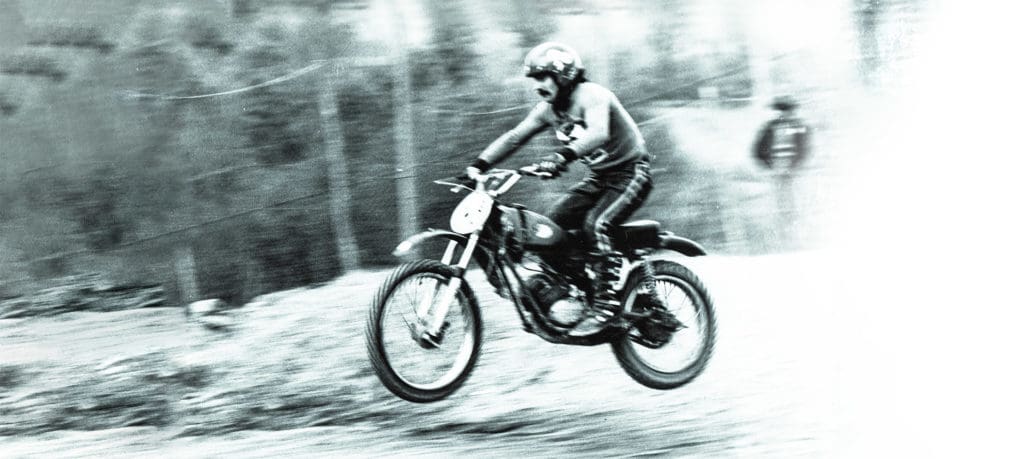
The company became Formula in 1987 with a goal to apply its knowledge and technology from two-wheel motoring and become a leader in mountain bike innovation.
Formula’s first major milestone was achieved six years later in 1993, when Formula released the Standard, the world’s the first full hydraulic disc brake for mountain bikes.
Formula brakes went on to conquer many of the most prestigious titles in competitive mountain biking, enjoying ongoing success as the Standard was superseded by models like the Evolution, B4 and the ORO.
Those early brake models were then subsequently replaced by the next generation of brakes: the RX, R1, The One, C1 and CR, which all used DOT fluid.
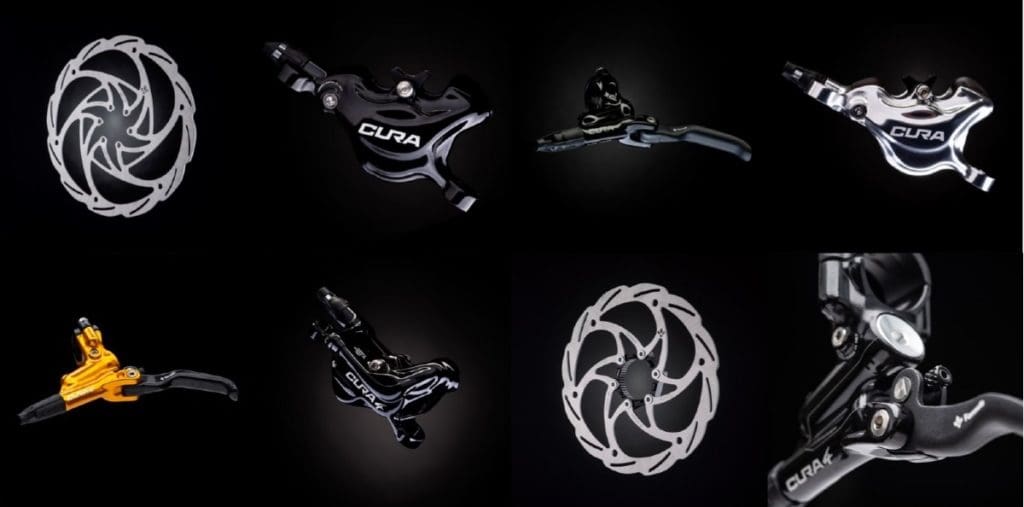
“When Formula adopted its new image in 2016, its new products remained focused on World Cup-winning performance and feel, but with a broader range of use,” Krischan said.
“There was more focus on user friendliness and a competitive price point.
“Formula’s new brake, the Cura, successfully achieves each of these objectives.”
Released in 2017, Cura is Formula’s first mineral oil brake.
“Formula made the transition because of a newly developed mineral oil that provides the desired braking characteristics that previously could only be achieved using DOT fluid,” he added.
“The Formula team was finally happy with the performance it could achieve with mineral oil and so were their test riders.
“It didn’t take long until many downhill victories were won using Cura brakes, including double gold for Loic Bruni and Miranda Miller at the World Championships in Cairns.”
In the same year, Finn Iles also used Cura to claim the overall downhill junior world championship series.

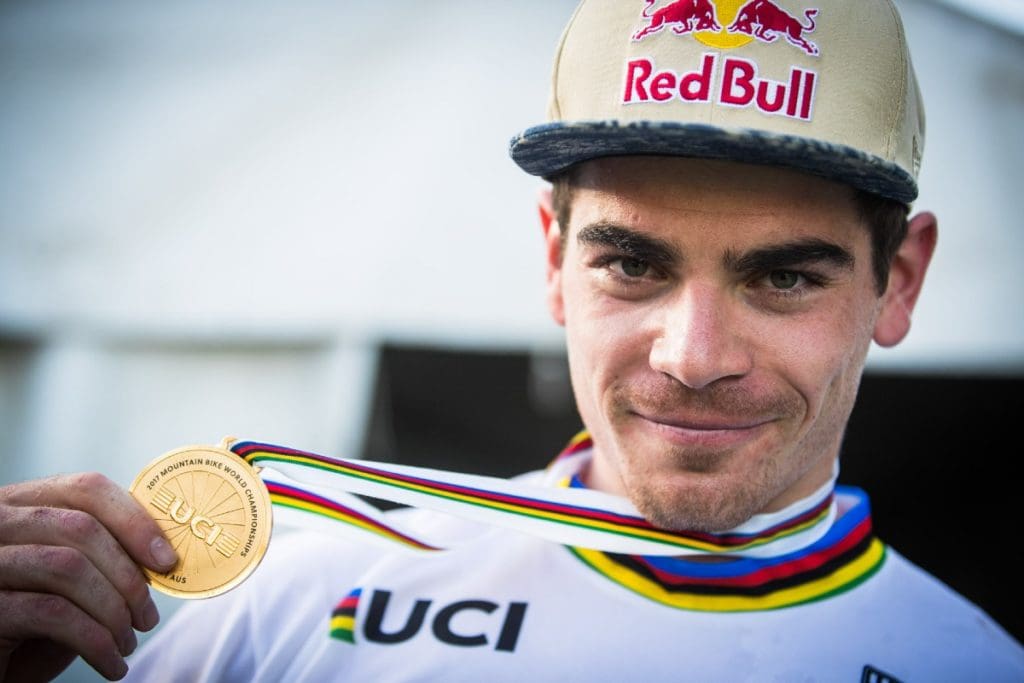
Suspension
Formula tackled a new challenge in 2012, when it added MTB suspension to its inventory.
The company has produced motorcycle suspension since 1991 and its forks are at the pinnacle of motorcycle trials competition.
Once again, Formula’s motorcycle background has translated into cutting-edge MTB technology.
Its first generation of mountain bike forks used an open bath system and received brilliant reviews from test riders.
However, sales of Formula forks really took off when the company introduced its second-generation fork internals with the Formula 35. Its newly developed drop-in damper cartridge and air side piston use ball-joint-style swivel heads to prevent any binding as the fork twists and bends under extreme loads, making the suspension incredibly smooth even when subjected to harsh dynamic conditions.
The CTS-valving system is a series of different custom compression tunes that can easily be switched by the user, removing the need to send the forks away to a specialist suspension tuning centre. The custom tunes are low cost compared to having a fork re-shimmed and the change is completely reversible in around five minutes.
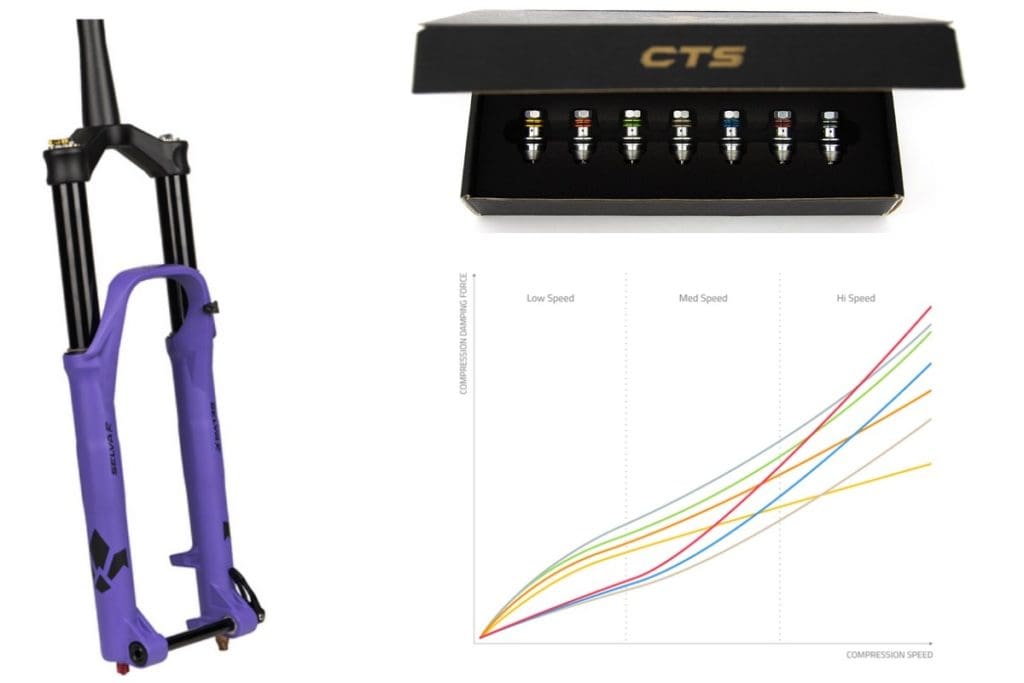
The fundamentals of the 35 continue to set Formula’s suspension forks and coil shock apart from the competition. They have carried over to the current Selva range of trail and enduro forks, which remain among the most advanced suspension on the market.
The Selva fork range includes coil (C), single air (S) and dual-air (R) options, all resplendent in Formula’s new competition colours, ultraviolet and matte black.
The two Selva air forks now also feature what Formula calls Neopos inserts that somewhat resemble volume spacers but serve a very different function. They give the air fork a more linear compression curve, making it feel more predictable and more like a coil fork.
“That is appreciated by users who like the feel of a coil fork but would happily do without the associated drawbacks of a true coil fork,” Krischan remarked.
Selva forks come supplied with a gold CTS and blue CTS valve. There is also the possibility of separately purchasing up to five more. In addition Formula are working on a new CTS valve which will be presented in 2022.
The MOD coil rear shock, equipped with three different CTS valves, was introduced in late 2020 and is growing steadily in popularity.
Its massive 30mm piston provides sensitivity and stability, and Formula’s ‘high flow’ design, using a large-volume bladder rather than an internal floating piston (IFP), glues the bike to the ground in rough terrain, while still bringing ‘pop’ when it’s needed.
The MOD has already undergone a few small updates during its first year of production – benefiting from the possibility of implementing rapid changes when design and manufacture occur in the same location.
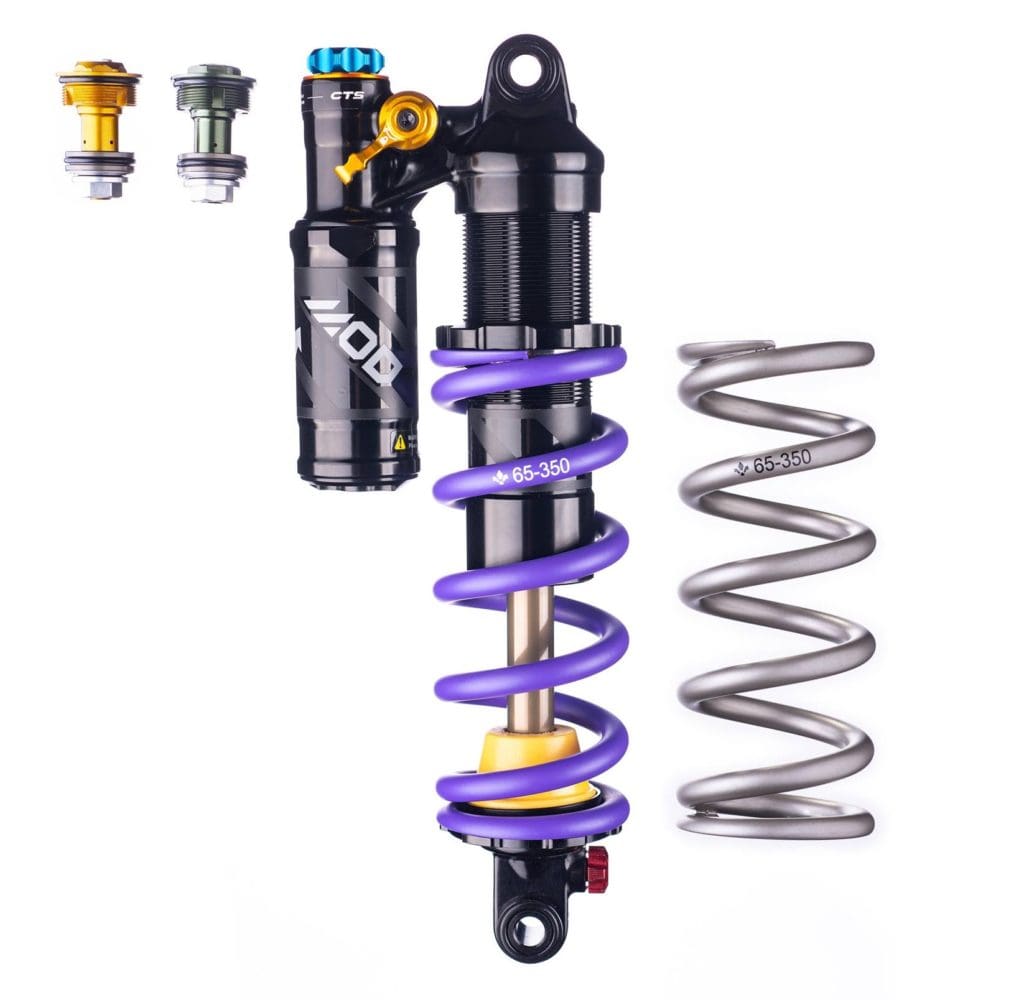
Strong Supply in 2022
Krischan said Formula’s new approach has brought a new wave of interest in the brand in Australia in recent years, only to encounter a supply hurdle in 2021.
“After steadily growing sales and renewed recognition of Formula’s great products, the COVID pandemic severely limited our supply of brakes for much of 2021,” he said.
“However, 2022 is looking much brighter. We have brakes allocated to the Australian market throughout the entire year.
“With the level of interest shown so far, some shipments could still be fully allocated before they land, so we recommend contacting us early to secure supply.”
The company has also quietly released the lightweight CURA-X, using titanium hardware, a carbon lever blade and kevlar lines.
Supply of Selva forks and the MOD rear shock is also looking good for 2022.
Krischan said EightyOneSpices is already receiving a lot of interest in a new, yet-to-be-named dual-crown enduro fork, after Formula offered a few sneak peeks in 2021.
“It’s tipped to weigh the same or even less than the new long-travel hard hitting 29er enduro single-crown forks from other manufacturers,” he said.
Find out more about the Formula range by contacting EightyOneSpices at (08) 8557 1800, visit eightyonespices.com.au or email info@eightyonespices.com.au
